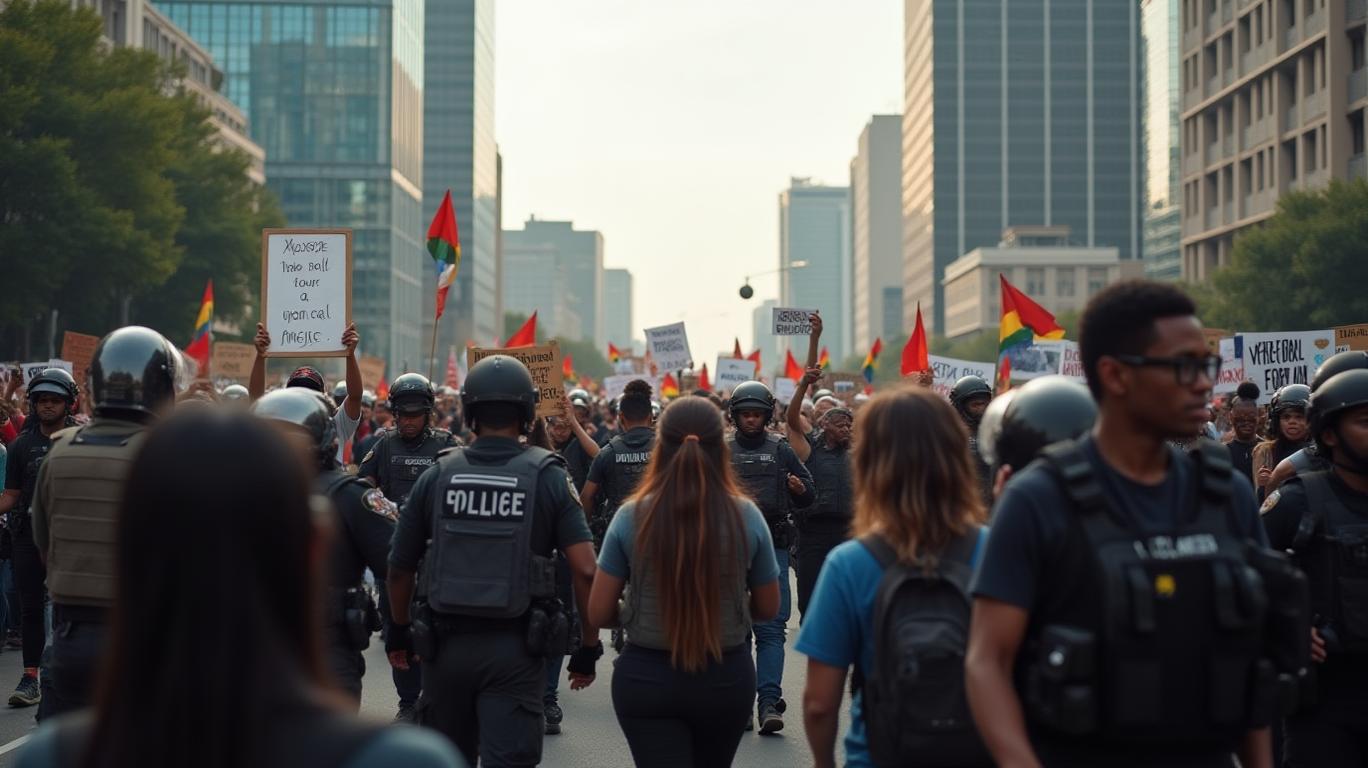AInvest Newsletter
Daily stocks & crypto headlines, free to your inbox
During his presidential campaign, Donald Trump proposed the creation of ten new high-tech communities, dubbed “freedom cities,” designed to enhance the quality of life for Americans. These cities were envisioned to be built on public land, free from the “nightmare of red tape” that had hindered affordable housing development in many parts of the US. The concept of freedom cities is not new; it is a rebranding of
cities, which have existed since the late 1800s. Trump’s proposal garnered significant support from Silicon Valley’s tech community, many of whom were also early advocates of cryptocurrencies and blockchain technology.In mid-March, the new administration took initial steps towards realizing freedom cities. The Department of Interior Secretary Doug Burgum and Housing and Urban Development Secretary Scott Turner announced a Joint Task Force focused on utilizing underutilized federal land for housing. They emphasized the need for more affordable housing and the federal government’s role in making federal land available for this purpose. However, the idea of building new communities with fewer state and federal regulations has raised concerns about creating places that operate outside the law, potentially impacting the rest of the country.
Critics have labeled freedom cities as a “devious scam,” comparing them to the company towns of the past, where cryptocurrency plays a key role. The history of charter cities is complex, with various political agendas driving their development. Some argue that freedom cities could be used as laboratories for different political projects, while others believe that investors would not support lawlessness and that the goal is to find more efficient regulatory regimes.
Tom Bell, a professor at Chapman University’s Fowler School of Law, is working on a Freedom Cities Act that would require a city’s board to favor developers’ applications that achieve the same outcomes as current federal regulations but through alternative enforcement regimes. Jeffrey Mason, head of policy at the Charter Cities Institute, supports enabling federal legislation for freedom cities, proposing a process for waiving or modifying burdensome regulations in strategic sectors. Mark Lutter and Nick Allen suggest that the Brooklyn Navy Yard in New York could serve as a model for freedom cities, highlighting their potential role in American revitalization.
Despite the enthusiasm, the concept of freedom cities remains vague, with details yet to be clarified. Some libertarian-leaning intellectuals and investors see freedom cities as business-friendly environments, potentially favorable to corporate interests. The crypto community’s interest in freedom cities is driven by a common interest in decentralization and innovation, with the potential to create a regulatory regime that welcomes fintech innovation. However, progress has been slow, with the administration yet to follow up on Trump’s promise to create ten freedom cities.
Two case studies illustrate the challenges of building a 21st-century city from scratch. California Forever, a project intended to develop new industries and affordable homes in California, has faced regulatory and community barriers, leading to a two-year delay. Próspera, a charter city in Honduras, initially avoided many regulatory problems but has since faced legal challenges and disenchantment from some supporters. The project has raised significant investment, including from tech billionaires, and operates with a flexible regulatory structure. However, recent developments have raised questions about its future.

Quickly understand the history and background of various well-known coins

Dec.02 2025

Dec.02 2025

Dec.02 2025

Dec.02 2025

Dec.02 2025
Daily stocks & crypto headlines, free to your inbox
Comments
No comments yet